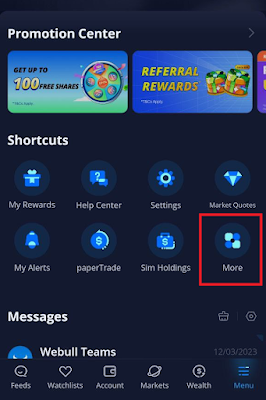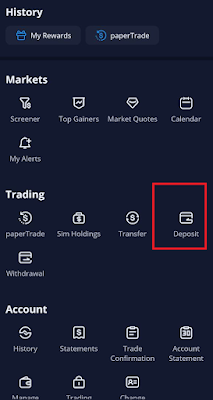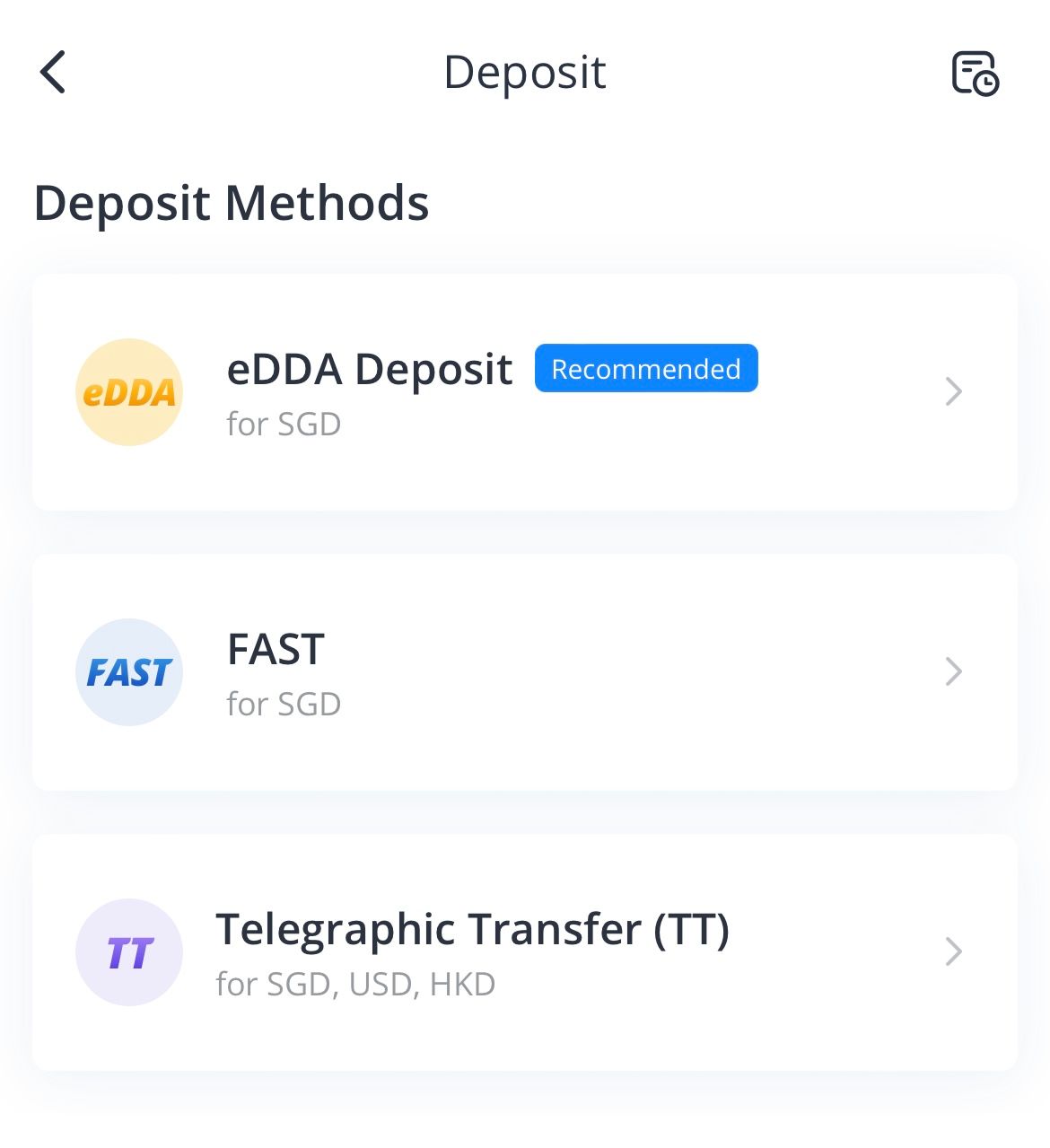Long term Alibaba shareholders have suffered. Those who had bought it 3 years ago have seen the value shrank by 70%, while those who have held since its IPO are up 10% after holding for 9 years (a paltry 1% return). It was not fundamentals that destroyed because Alibaba's earnings have went up many folds since its IPO
So what went wrong with Alibaba? Knowing this could be the root to solving the problem.
Problem: Negative Investor Perception
Before 2020, investors were keenly aware of how much Alibaba grew its earnings and abscribed a fair value to it in the region of US$200 for about 30-40 times P/E. That was fair considering Alibaba was growing its profits at a CAGR in its teens annually.
We knew what happened next - President Xi imposed tough regulations and clip Alibaba Wings. End state today, Alibaba is now only valued at 10 times its GAAP earnings, this despite growing earnings by 5-8% annually. Investors are wary of Alibaba's prospects and value it at very cheap valuations. The answer is simple, Alibaba is earning money but investors are scared of investing because they run the risk of Alibaba being hampered by more regulations. They may not be getting their capital back
Returning Value to Shareholders
After the regulatory crackdown on Chinese Tech, many including Alibaba announced a share buyback program, which seems revolutionary because they were following the Berkshire Hathaway playbook, buy back shares at below book value and it will improve the value for all shareholders. Berkshire Hathaway successfully did it and has since gained good investor sentiments. Chinese Tech unforuntately were not. There were 2 reasons why Alibaba didnt succeed
Share Buyback Was Painfully Small
Alibaba sharebuyback was grand with plans to buy back US$1.5-US$2 billion per quarter. While the figure looks big, Alibaba was a US$300 billion company when the buybacks were announced. Relative to its market cap, this meant only planning to buy 2-3% of its share base then. In the grand scheme of things, that was paltry. Berkshire's share buyback was limitless as long as share prices went below 140% of its reported NAV, Alibaba restricted the amount of buybacks authorised.
In Singapore, blue chip companies had authorised themselves to buy back 10% of their company share base and when executing, they bought back 4-6% of their share base per year to show they were undervalued. Seen in this light, Alibaba Management is downright stingy.
Alibaba is a cash cow which generates US$26 billion in cash annually. With a growing cash pile, the investing community felt Alibaba was not treating shareholders well. If the Chinese Government was affecting sentiments, Alibaba management was not returning a fair amount of shareholder value; that could only mean a downward trajectory of Alibaba's share price to match perceptions.
It is not as if Alibaba had used its free cash generated for investments and acquistions. From end of FY20201 (March 2021) to present day, its cash hoard and short term investments grew from US$72 billion to US$85 billion; it showed an inefficient deployment of capital. Alibaba could have deployed another US$8 billion per year as returns to shareholders.
Well They Listened (partly)
Sensing they are generating too much cash, Alibaba announced a US$2.5 billion in dividends for FY23 in its most recent November results. It was a backdated dividends to reward shareholders for its good work done from April 2022 to March 2023. This looks like a good start; but frankly, i felt this is only "them listening 1/3". Based on their excess cash generated, Alibaba could have returned USD$3/share as dividends and still add cash to its growing cash hoard.
This demonstrates the investor unfriendliness of Alibaba. Yes it earns big money but is unwilling to share its riches with shareholders.
What Should Alibaba Do (the solution)?
Taking on the hat of "Investor Relations", given the situation where it has a large cash hoard, great cashflow generating ability even after accounting for CAPEX, Alibaba should announce a fixed dividend/share buyback policy.
Companies with good investor relations announce such policies and stick to them. Given how much it generates, Alibaba can announce a 50% payout ratio as dividends on top of its current share buyback policy, This is remotely fair (borderlining on unfairness). At its current earnings, this means a USD$4 dividend per share (USD$10 billion/46% of free cash generated) at current earnings. Even then, Alibaba will still grow its cash hoard annually. Should Alibaba earnings deflate, it should be fair then that dividends fall as well in line with the dividend policy.
In my view, an outright 50% payout ratio on GAAP earnings is the solution. Existing investors get the money and decide for themselves if they wish to buy more shares for income or deploy it for other uses. Secondly, with the knowledge of an annual dividend, investors are assured they will not lose 100% of their capital should the communist govenrment turns evil and strangle Alibaba; after all they had been receving annual dividends. This simple action of a dividend policy will improve investor perception of Alibaba.
In conclusion, a 50% payout ratio would boost share price because it manages and improves investor perception. It is fiscally sustainable for Alibaba to do it, but the question is will the mangement change its stingy ways. Alibaba is now a matured company and should act like it.













